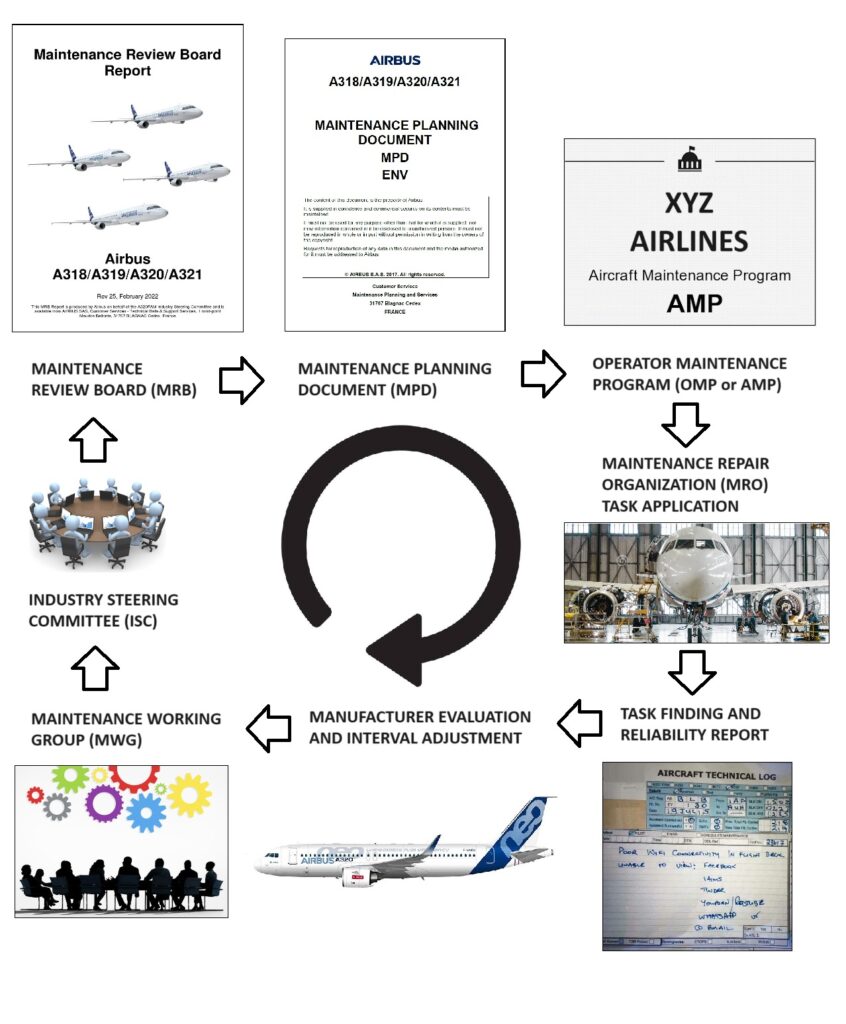In the early days of civil aviation, aircraft were not this large, and their systems were not this complex. Maintenance works were performed by airplane mechanics in 1910s, and each airline company formed and applied its maintenance program.
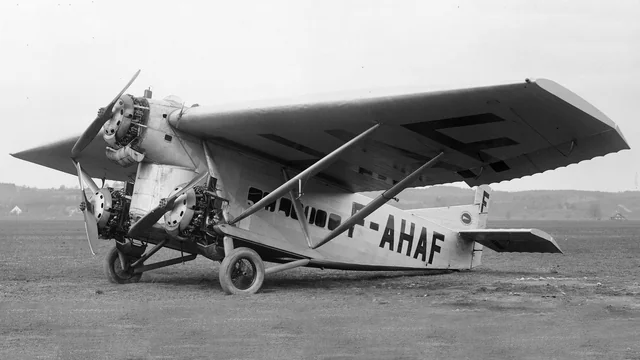
When it comes to the 1930s, a need for centralized management was born due to increased complexity, expansion and quantity. Thus, scope of the maintenance determined by each airline previously was first controlled by a centralized authority by the Article 5 of the bulletin published by American Trade Secretariat with the name Aeronautical Bulletin 7-E dated May 15, 1930.
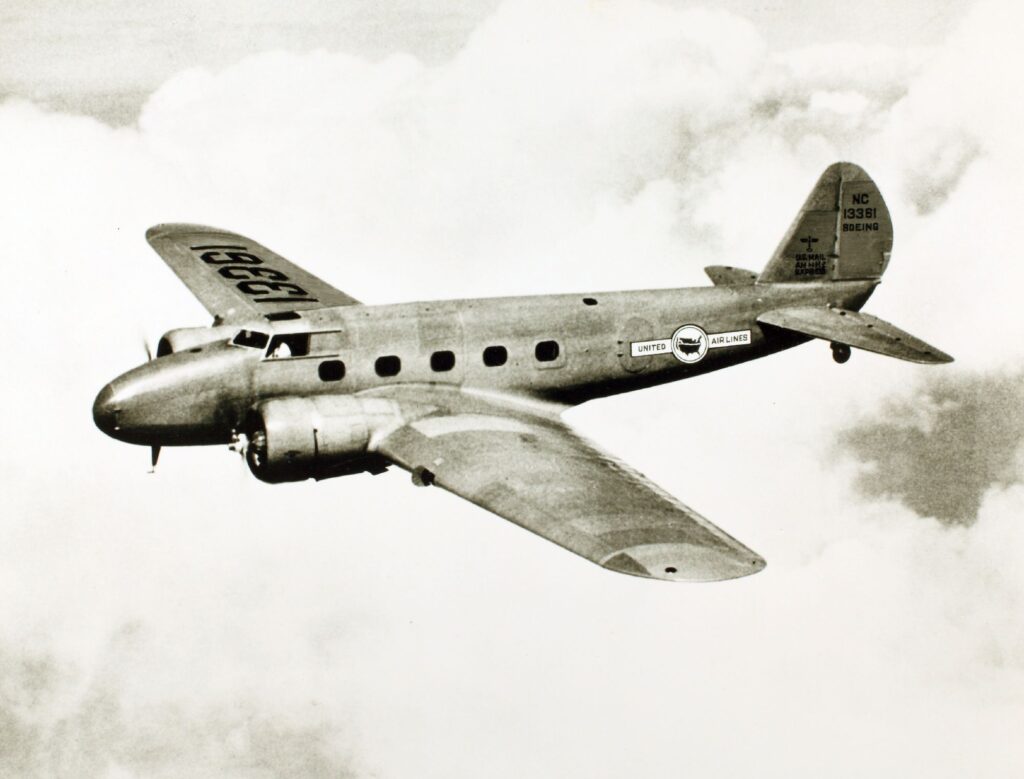
When it comes to the 1950s, larger airplanes of advanced engineering products of its day such as Boeing 707 and DC-8 came into service. Along with these airplanes, the task of determining the scope of maintenance to be applied was assigned to the airplane manufacturers by being taken from the mechanics and operators due to the expansion of the scope.

FAA and the leaders of the industry applied an approach called Maintenance Steering Group (MSG) and determined the scope of the maintenance for Boeing 747-100 and its engines on 10 June 1968. With the first flight of “Jumbo Jet”, an official approach of “designing maintenance” was implemented on 9 February 1969. Although the airplanes today are much more developed, the scope of the maintenance is still defined by the philosophy of MSG started with Boeing 747.
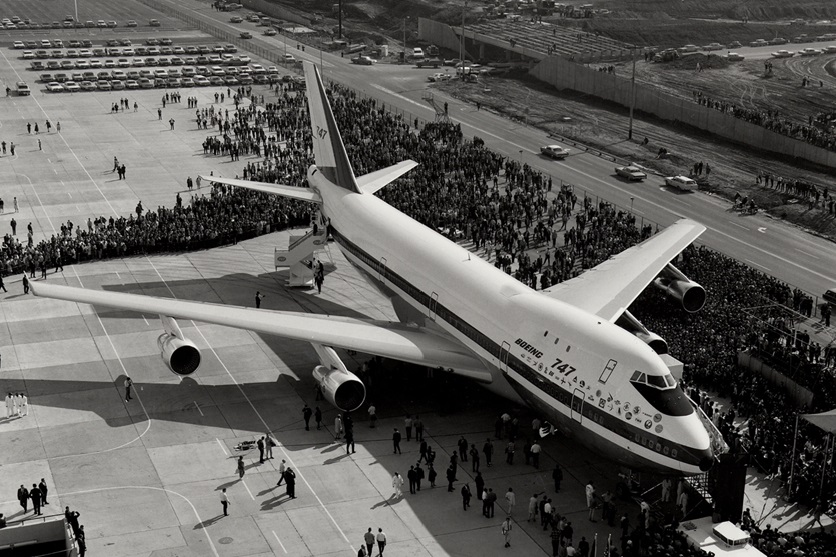
Maintenance Review Boards (MRB) dedicated to each of the airplane types are formed, and the scope of the maintenance required to be made on the airplanes is decided within the philosophy of MSG. As an example, the Boeing 777 MPD program took 5 years to develop, started in 1990 and was completed just 1 month before receiving the commercial flight certificate in 1995.
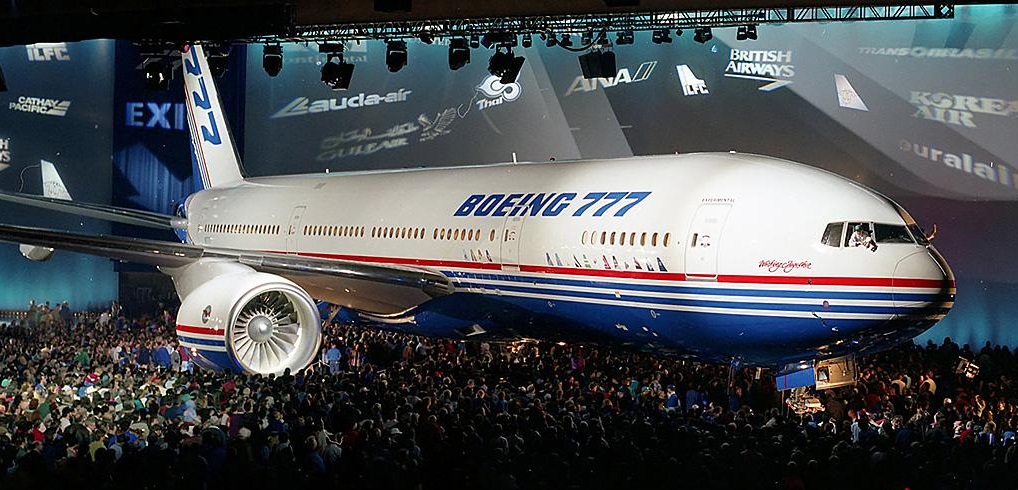
MRB remains active throughout the aircraft lifecycle. Task contents and durations are constantly revised by analyzing the maintenance results accumulated throughout the aircraft’s life.
